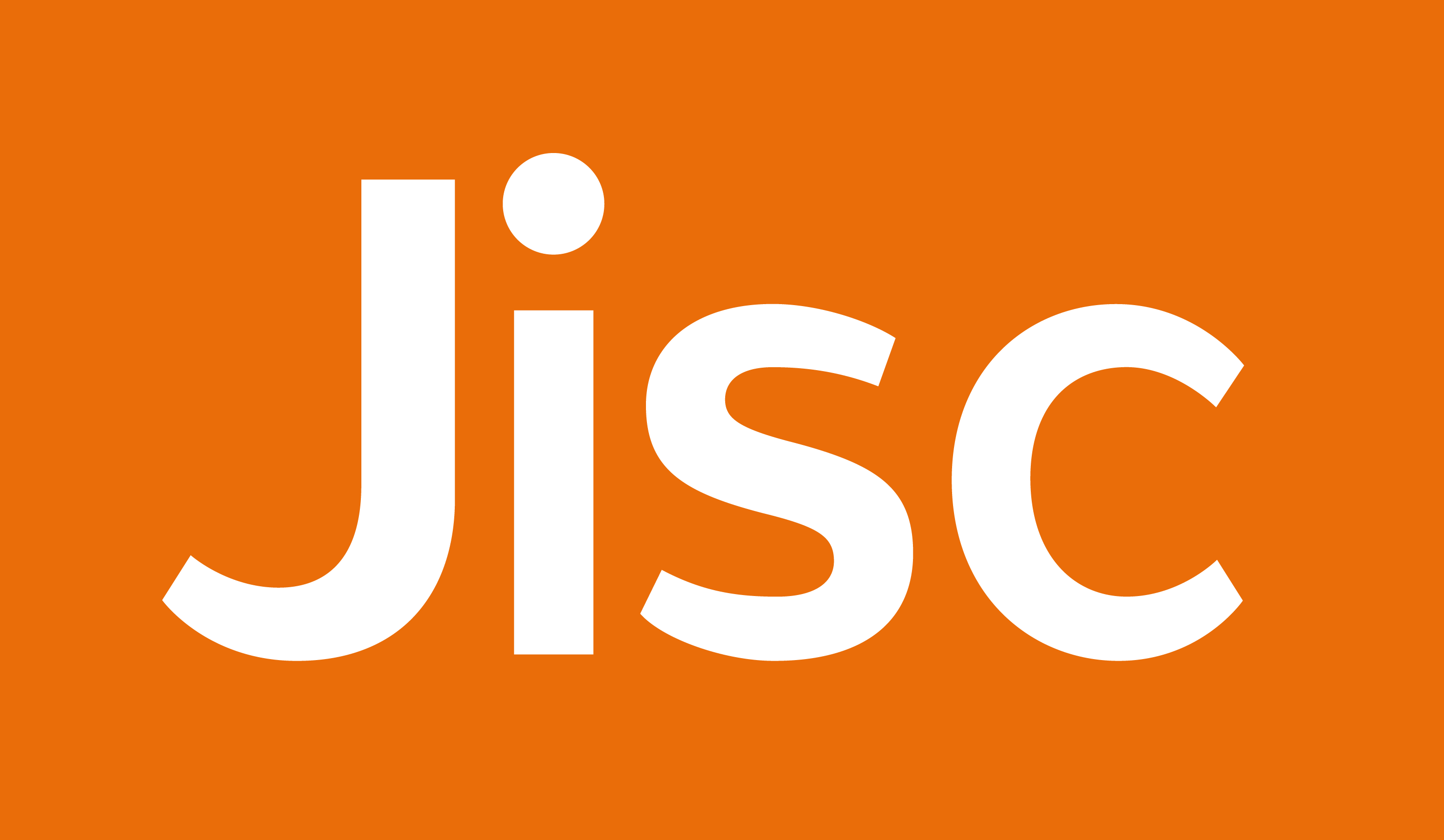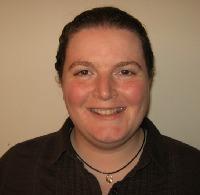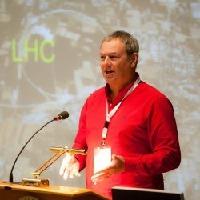DPC
What to do after DPC RAM
| After completing your DPC RAM assessment you may want to follow up with some further activities:
|
|
File format identification: A student project at the University of Sheffield Library
This blog has been written by Peter Vickers; a postgraduate student in Speech and Language Processing hired by the University Library, as part of the University of Sheffield’s OnCampus programme, to look into file identification and archiving.
Forgotten Scripts
Below is an inscription written in Linear A, a Minoan script which has been found on thousands of historical objects across Greece. Because the language bears no close similarity to a language we understand, and we have no Rosetta Stone to decipher the language, linguists have had to use speculation and comparison to attempt to decode the script. Whilst over the past decades, Linear A has been related to the proto-Greek Linear B, the Hittitie Luwian script, Phonecian, and Indo-Iranian, none of these comparisons have either achieved widespread academic acceptance or allowed for the translation of much of the Linear A corpus. For now, at least, Linear A, and all of the Debts, Curses, Tax Returns it encodes are indecipherable.
Given our cultural interest in lost languages and the knowledge they might encode, I wonder what researchers in 100 years will make of all the digital content we create. Linear A is 3,500 years old – old enough to be forgiven for having been forgotten. Meanwhile, last week I found myself unable to access the data on a five inch floppy disk, which were still in use twenty years ago. Of course, the loss is not the same – I could use the library’s archival system to read the disc. However, the data on the disc might itself be in an obsolete file format. Comparing it to the Linear A problem : recovering the data might be compared to the legibility of our script, whilst opening might be compared files it to our ability to translate it.
Yale University Library joins the Digital Preservation Coalition
Added on 20 August 2019
The Digital Preservation Coalition (DPC) is delighted to welcome Yale University Library as its newest Full Member.
With a digital preservation program in progress since 2013, the Library has a large volume of digital assets to preserve and an active community of stakeholders who are invested in their long-term preservation.
The Library team is currently working to make emulation and software preservation ‘business as usual’ activities in which everyone doing digital preservation can easily participate, as well as considering plans to fund and grow future activities around research data preservation, and managing challenges with automating preservation and maintaining access to research data.
Open repositories: or how I learned to start worrying and hate jingoism
Disclaimer: I must state that the following blog-post is written in a personal capacity, airing opinions that are my own and are not intended to endorse a particular piece of software. They should not be considered official on behalf of my current employer, The University of Edinburgh.
Last month, in June 2019, I attended the fourteenth Open Repositories (OR) conference held in Hamburg, organised by Hamburg University. Hamburg is a beautiful city, and this coincided with the Hamburg University’s centenary.
It is one of the biggest conferences in the world of its kind and had a packed four day schedule. It was the first OR I attended and I delivered a presentation: “Automating OAIS compliant digital preservation using Archivematica and DSpace”. A bit more about that later. I saw many interesting talks, both from an ideological perspective as well as technical (I am a developer although I do have a background in library and information science). I’ll now proceed to tell you a bit about my experience at the conference.
Enhancing Services to Preserve New Forms of Scholarship
Karen Hanson is Senior Research Developer for Portico
The last decade or so has seen the emergence of a new kind of scholarly work - the enhanced digital monograph. While still recognizable as monographs, these resources include a variety of dynamic features that cannot be replicated in print format. These works represent a leap forward for scholarship, but their formats, use of dynamic features, and composite nature present complex preservation challenges.
To help address these challenges, a new collaborative project funded by the Andrew W. Mellon Foundation partners preservation institutions, libraries, and university presses that are producing enhanced monographs. The goal is to examine what aspects of these works can be preserved at scale, and produce guidelines to improve their preservability that publishers and authors can use while creating these works.
Ten Years On – Some Myths Debunked About the Artist FKA The DPC Leadership Programme
Our illustrious (!) leader William Kilbride started with the DPC in February 2009, and one of the first new initiatives he introduced the DPC’s Leadership Programme. For ten years now the programme has been one of the core elements of our workforce development activities. It offers grants so that our members can attend training and development opportunities they may not otherwise be able to. The programme has also helped ensure that organizations who offer training can have some assurance of a return on their investment. In its lifetime the DPC Leadership Programme has provided well over 100 grants for members to attend training and development opportunities. This began back in May 2009 with 2 grants for individuals from the National Library of Wales and Cambridge University to attend the Digital Preservation Training Programme.
Controlling the costs of long-term digital accessibility - A cost model for long-term digital accessibility
Herman Uffen, Tamar Kinkel and Shannon Roest work for BMC on behalf of the Dutch Digital Heritage Network
The difficulties of managing and controlling the costs of digital sustainability
Controlling and managing the costs of digital sustainability remains a recurring topic in the field. Back in 2015 the 4C-project stated the following view: “In five years time it will be easier to design or procure more cost effective and efficient digital curation services because the costs, benefits and the business cases for doing so will be more widely understood across the curation life cycle and by all relevant stakeholders. Cost modelling will be part of the planning and management activities of all digital repositories.”
This view has not been realized yet. The costs of digital sustainability are often still unclear and difficult to manage: This because they are usually difficult to determine and are often not recorded as such in the regular financial exploitation of institutions. Furthermore, these structural costs are often funded in a project-based manner (focus on the short term).
In response to these findings the Dutch Heritage Network developed and implemented a cost model in the fields of: cultural heritage, media, archives and science in the Netherlands. This with the intent of creating transparency in the costs of digital sustainability and to create a tool which enables controlling and managing these costs in the future.
An update from Oxford
Michael Popham is Head of Digital Collections & Preservation at Bodleian Libraries, University of Oxford
It has now been six months since the Polonsky funded “Digital Preservation at Oxford and Cambridge” project (www.dpoc.ac.uk) officially came to a close, but the impact of this work is still causing ripples across both organizations.
Within the Bodleian Libraries at the University of Oxford, we have been seeking funding to support a number of business cases created as a direct result of recommendations arising from the work of the Polonsky Fellows. The digital assets in our care have been acquired over an extended period of time (three decades or more) and are extremely varied: consisting of digital images and textual transcriptions of items in our physical collections, research data and outputs, born-digital archival deposits, databases used to catalogue discrete collections of specialist material, and assorted A/V files (created for even more assorted reasons), employing almost every technology and file format that has been popular over the past 30 years. As the Bodleian Libraries seek to collect and create ever-increasing amounts of digital data, the scale of the challenge we face is growing exponentially.
Plans for Future Particle Colliders and Their Impact on Data Preservation
Jamie Shiers works in the Information Technology Department at CERN and is Manager of the Data Preservation for Long-Term Analysis in High Energy Physics (DPHEP) Collaboration
Every 5 – 7 years, physicists from around the world get together to discuss their views on the priorities for Particle Physics – both in Europe and in collaboration with corresponding plans for other parts of the world[1]. At the most recent of these symposia, held in Granada in May 2019, with the intent of forming a strategy that can be approved by the CERN Council in May 2020, there was notable enthusiasm for a new electron-positron collider (this might be linear, circular, built in Europe or elsewhere). Should such a machine be hosted at CERN – for example, in a 100m circular tunnel corresponding to one of the proposals – it would be unlikely to enter operation before the mid to late 2030s.
Preservation Action Registries Workshop
Introduction
 The Preservation Action Registries project (http://parcore.org) is developing a common and consistent way to describe and execute preservation policies and actions at a technical level. An initial data model has been created which defines a human and machine-readable way of describing preservation actions and the associated business rules that together make up preservation policies.
The Preservation Action Registries project (http://parcore.org) is developing a common and consistent way to describe and execute preservation policies and actions at a technical level. An initial data model has been created which defines a human and machine-readable way of describing preservation actions and the associated business rules that together make up preservation policies.
Using a skill acquisition technique borrowed from the medical profession (See One, Do One, Teach One) this workshop will lead participants through a three-step process, intended to improve the participants' ability to develop and describe their own digital preservation policies. The workshop will help participants to better express and share preservation policies in a concise, comprehensive and unambiguous way.
Participants will be introduced to the PAR project and data model, using examples of working preservation actions and business rules. In smaller groups, participants will be led through the process of describing a new preservation policy using the PAR data model. Finally, groups will present their work to the other groups.





































































































































